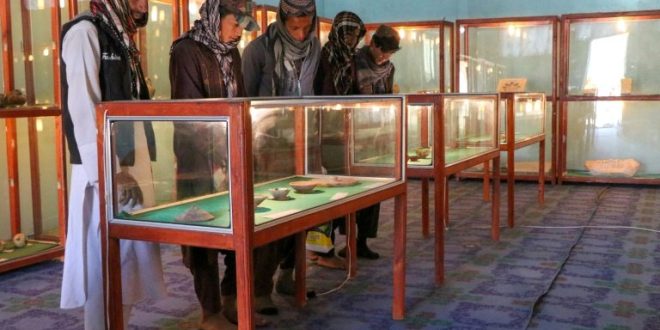KABUL — In a striking reversal of their past policies, the Taliban now claim to be protectors of Afghanistan’s ancient heritage, including pre-Islamic and Buddhist relics once targeted during their first rule.
Two decades after the 2001 destruction of the iconic Bamiyan Buddhas, Taliban authorities say they are working to preserve archaeological sites and artefacts spanning 5,000 years of Afghan history — from Kushan empire storehouses in Laghman to Buddhist statues in Ghazni.
“Whether they were Muslim or not, they had a kingdom here,” said a provincial culture official, as newly discovered Brahmi inscriptions and ancient winemaking tools make headlines.
International heritage experts remain skeptical but note a shift: in recent years, the Taliban reopened the Afghan National Museum, invited conservation groups like the Aga Khan Trust for Culture, and supported preservation at Mes Aynak, home to ancient Buddhist ruins and a Chinese-backed copper mine.
Still, challenges loom. Experts warn of ongoing looting, lack of funding, and minimal support for Afghanistan’s intangible heritage — including music, dance, and female cultural expression.
 Afghanistan Times
Afghanistan Times




